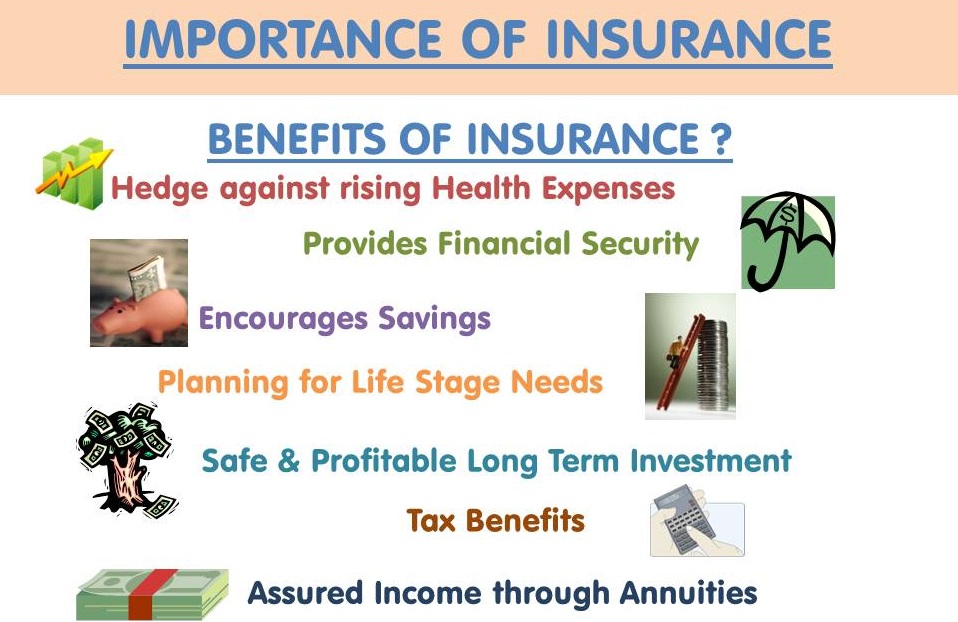Getting The Pacific Prime To Work
Getting The Pacific Prime To Work
Blog Article
The Facts About Pacific Prime Revealed
Table of ContentsThe Facts About Pacific Prime RevealedOur Pacific Prime IdeasPacific Prime for BeginnersThe 6-Second Trick For Pacific PrimeGetting The Pacific Prime To Work

This is due to the fact that the data were accumulated for a duration of strong financial efficiency. Of the approximated 42 million individuals who were without insurance, almost concerning 420,000 (regarding 1 percent) were under 65 years old, the age at which most Americans become eligible for Medicare; 32 million were grownups in between ages 18 and 65, about 19 percent of all adults in this age; and 10 million were children under 18 years old, concerning 13.9 percent of all children (Mills, 2000).
These quotes of the number of persons without insurance are created from the annual March Supplement to the Present Populace Survey (CPS), conducted by the Census Bureau. Unless otherwise noted, nationwide price quotes of individuals without medical insurance and proportions of the populace with various sort of coverage are based on the CPS, the most widely used source of quotes of insurance policy coverage and uninsurance rates.
What Does Pacific Prime Mean?

Still, the CPS is specifically helpful due to the fact that it generates yearly quotes fairly swiftly, reporting the previous year's insurance policy coverage approximates each September, and due to the fact that it is the basis for a consistent set of price quotes for even more than 20 years, permitting evaluation of fads in protection gradually. For these factors, in addition to the comprehensive use of the CPS in various other research studies of insurance policy protection that exist in this report, we depend on CPS quotes, with restrictions noted.

The quote of the number of uninsured people broadens when a population's insurance standing is tracked for a number of years. Over a three-year period starting early in 1993, 72 million people, 29 percent of the united state populace, were without coverage for at the very least one month. Within a single year (1994 ), 53 million people experienced a minimum of a month without protection (Bennefield, 1998a)
Six out of every 10 without insurance grownups are themselves utilized. Functioning does boost the probability that one and one's family participants will have insurance, it is not a warranty. Even participants of households with two full-time breadwinner have practically a one-in-ten opportunity of being uninsured (9.1 percent without insurance price) (Hoffman and Pohl, 2000).
An Unbiased View of Pacific Prime
New immigrants represent a substantial proportion of individuals without medical insurance. One evaluation has associated a significant part of the current development in the dimension of the U.S. without insurance populace to immigrants that arrived in the country between 1994 and 1998 (Camarota and Edwards, 2000). Current immigrants (those that came to the United States within the previous four years) do have a high rate of being without insurance (46 percent), yet they and their youngsters represent just 6 percent of those without insurance coverage nationally (Holahan et al., 2001).
The connection between medical insurance and accessibility to care is well established, as documented later on in this phase. Although the relationship between health and wellness insurance policy and health results is neither direct nor basic, a comprehensive scientific and health solutions research study literature web links medical insurance protection to better access to care, far better top quality, and boosted individual and population health status.
Degrees of evaluation for taking a look at the effects of uninsurance. It concentrates particularly on those without any wellness insurance for any kind of size of time.
The Ultimate Guide To Pacific Prime
The issues dealt with by the underinsured are in some aspects similar to those encountered by the without insurance, although they are typically less severe. Health insurance, nonetheless, is neither needed nor adequate to acquire access to clinical services. The independent and straight impact of health insurance protection on access to health solutions is well developed.
Others will obtain the wellness care they require even without health insurance policy, by paying for it out of pocket or seeking it from providers that provide treatment cost-free or at extremely subsidized prices. For still others, medical insurance alone does not guarantee receipt of treatment because of various other nonfinancial barriers, such as a lack of health treatment service providers in their area, limited accessibility to transport, illiteracy, or linguistic and social differences.
The 30-Second Trick For Pacific Prime
Formal research study concerning uninsured populaces in the USA dates to the late 1920s and very early 1930s when the Board on the Cost of Healthcare here produced a series of reports concerning funding physician office visits and hospital stays. This issue became prominent as the varieties of medically indigent climbed up throughout the Great Clinical depression.
Report this page